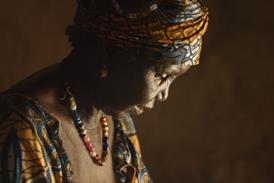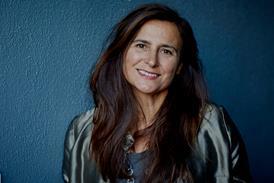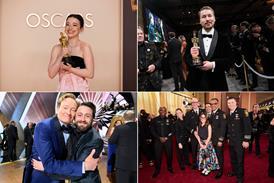
Lead role gender equality in North America’s top-grossing films was reached for the first time in 2024, according to the latest research report from the University of Southern California’s Annenberg Inclusion Initiative (AII).
According to the report, 54 of the top 100 films released theatrically in North America last year featured a girl or woman in a lead or co-lead role. That was up from only 30 of the top 100 in 2023 and 34 percentage points higher than the level for the first year tracked by the report, which examines 1,800 top-grossing films from 2007 to 2024.
Three of 2024’s top five films, including Disney/Pixar’s box office leader Inside Out 2, had a girl or woman in a leading role, says the report, written by Katherine L Neff, Dr Stacy L Smith and Dr Katherine Pieper.
Films from Universal Pictures featured the highest percentage – 66.7% – of female-identified leads or co-leads, followed by 55.6% of releases from Warner Bros Pictures and 54.5% of titles from Lionsgate. Sony Pictures releases had the lowest rate, at 38.5%.
There was no progress, however, for underrepresented actors in 2024’s top titles. According to the report, only 25 of the top 100 films featured a lead or co-lead from an underrepresented racial or ethnic group, down from 37 in 2023. None of the distributors covered by the study released films with underrepresented leads or co-leads in proportion to the groups’ presence in the US population.
Commenting on the progress in gender equality, study co-writer and AII founder Smith said: “We have always known that female-identified leads would make money. This is not the result of an economic awakening, but is due to a number of different constituencies and efforts – at advocacy groups, at studios, through DEI initiatives – to assert the need for equality on screen.”
“The progress we saw for female-identified leads was not matched by the findings for underrepresented leads,” Smith added. “This downturn signifies a lack of investment in storytelling that reflects the audience as a whole. The reality is that audiences want to see stories about women and people of colour – studios and filmmakers do not have to choose between the two.”






![The Brightest SunScreen[Courtesy HKIFF]](https://d1nslcd7m2225b.cloudfront.net/Pictures/274x183/3/5/0/1448350_thebrightestsunscreencourtesyhkiff_312678.jpg)


















No comments yet